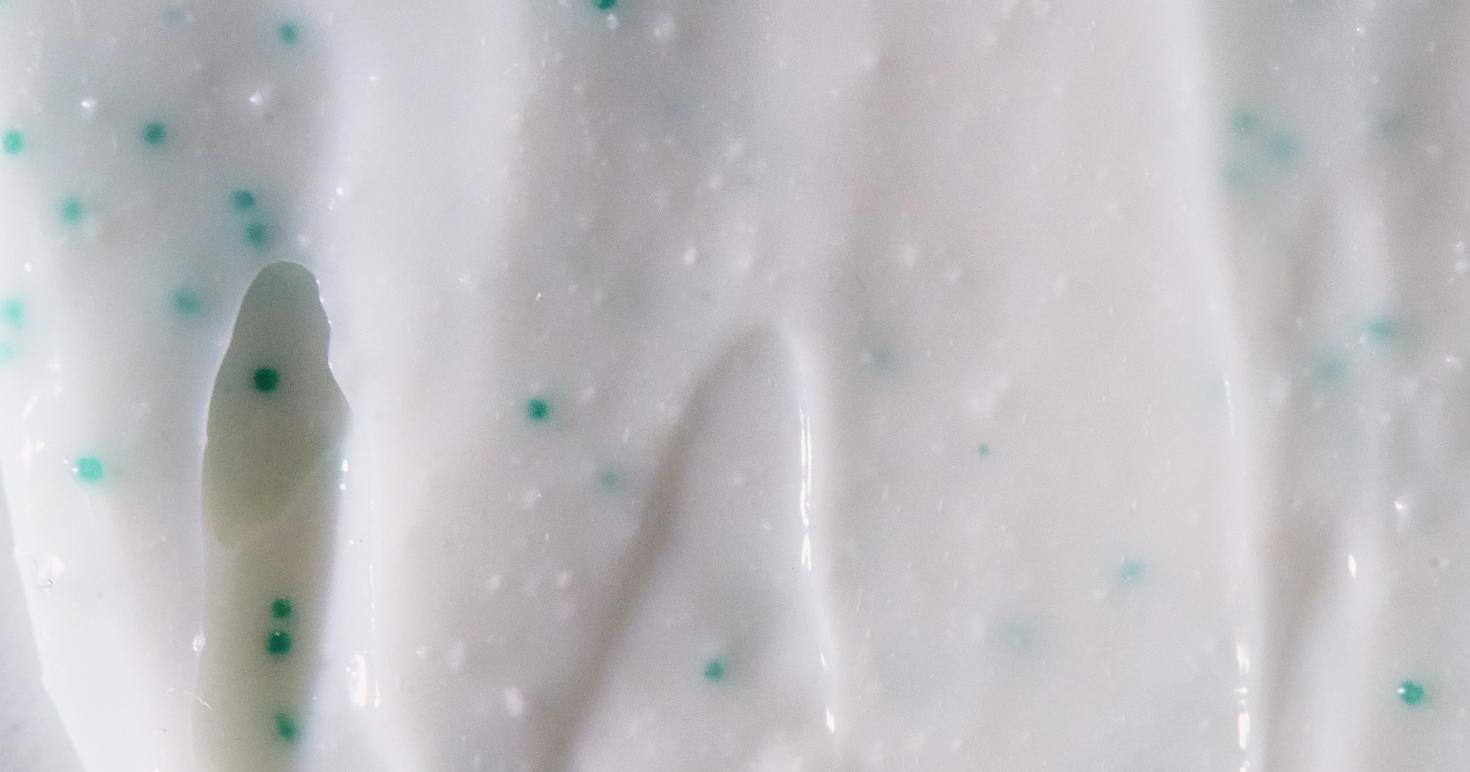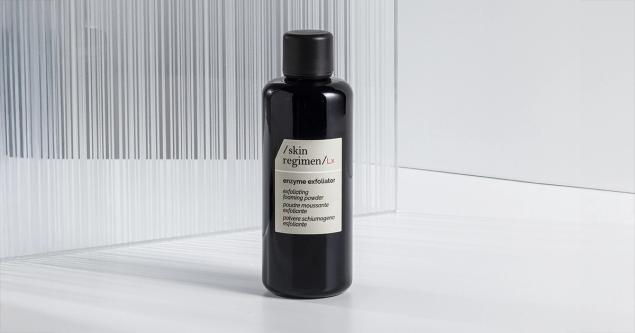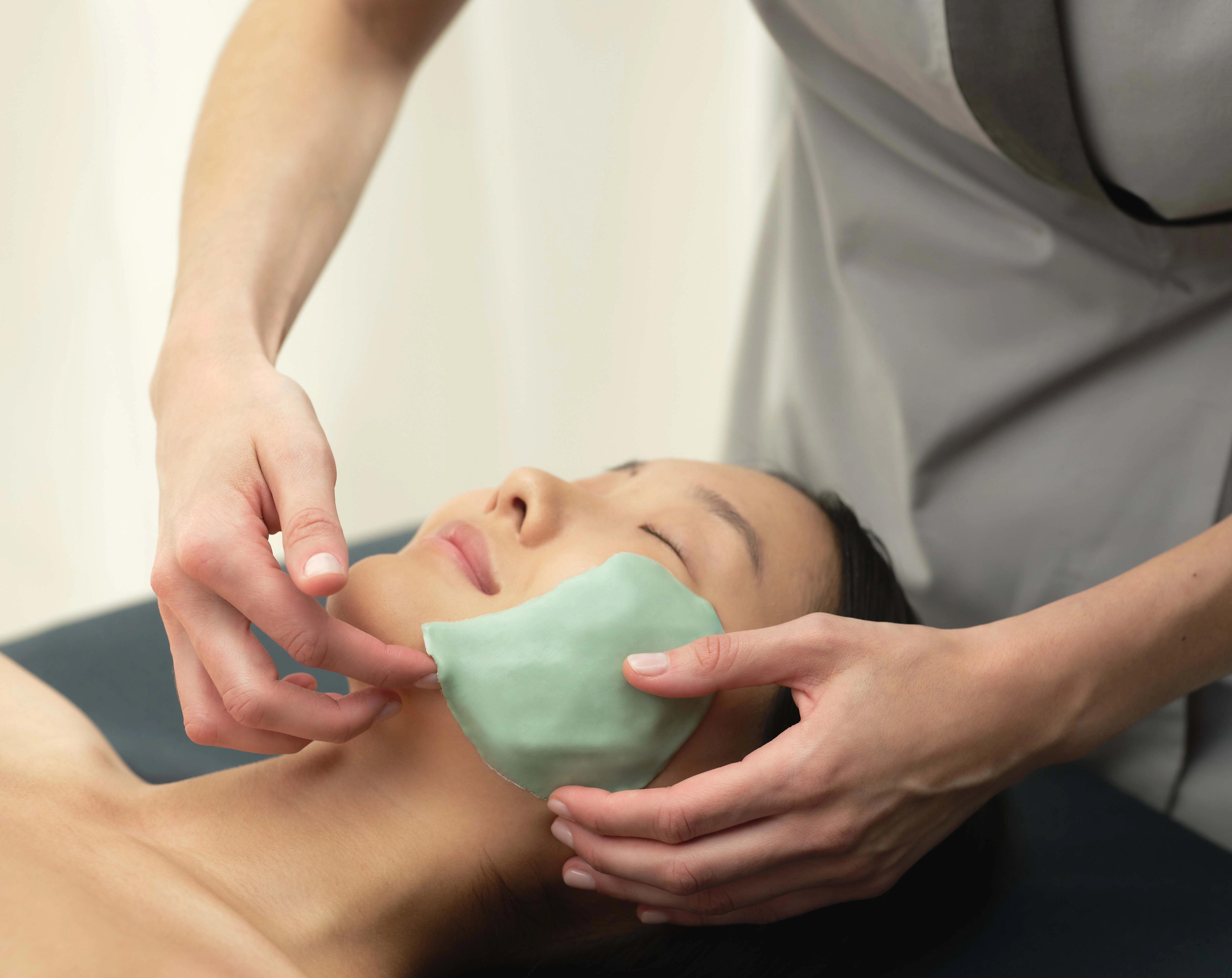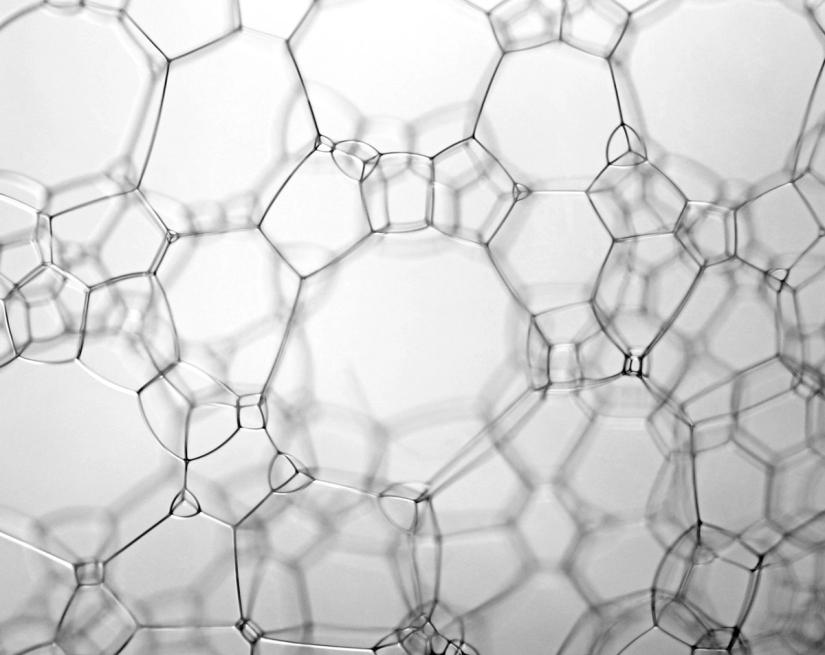skin care
Smooth and Glowing: Say Goodbye to Strawberry Skin
Maria Giulia Simonazzi | International Training Manager
10 min read

If you’ve ever noticed small dark spots on your skin that seem to resemble the seeds of a strawberry, you’re not alone. This common dermatological concern, often referred to as “strawberry skin,” is known as an uneven, bumpy texture typically found on the upper thighs due to hair follicle irritation or accumulated skin cells.
This condition often arises due to clogged pores with a mixture of trapped oil, bacteria, or dead skin cells. In this article, we will dive into the causes behind strawberry skin and explore effective skincare practices to address it.
Understanding Strawberry Skin
Strawberry skin is a distinctive condition marked by small dark spots, open pores, and blackheads, creating a textured resemblance to the surface of a strawberry. The development of this condition is often related to clogged pores, exacerbated by factors like genetics, hormonal fluctuations, and lifestyle choices. Tight clothing, for instance, can create friction which can contribute to blocking pores.
The impact of pigmentation also plays a significant role in the appearance of strawberry skin. Conditions like post-inflammatory hyperpigmentation arise when blackheads or pimple extractions lead to dark spots on the skin, intensifying the appearance. This, combined with the buildup of dead skin cells, further enhances the condition by contributing to clogged pores. Together, hyperpigmentation and clogged pores are what result in this distinct texture that’s known as strawberry skin.
Additionally, strawberry skin is often associated with various skin conditions, such as keratosis pilaris and folliculitis—the two main causes of ingrown hairs. These conditions are most often found on the legs, earning the term “strawberry legs.” To improve this condition, it's important to understand how factors like clogged pores, pigmentation concerns, and dead skin cells play a role. With this knowledge, you can begin to implement effective skincare practices with the hopes of addressing these underlying causes.
Common Culprits - Razor Burn and Bumpy Skin
While shaving is routine for many, its aftermath can have unintended consequences. One of those consequences is the development of strawberry skin. To avoid this, it’s critical to prevent razor burn—something we all can attest to as a frequent post-shave annoyance.Razor burn appears as small, itchy, red bumps. When left unaddressed, it can contribute to the development of strawberry skin. So, how do you prevent razor burn?
Start by using a sharp, clean razor and shaving in the direction of hair growth. You want to avoid excessive pressure when shaving, too. A delicate gliding motion is ideal and never use a dull razor.The simple act of using a dull razor easily leads to nicks, cuts, and an uneven shave. This is what results in increased skin irritation, especially in areas like the legs or underarms.
Ingrown hairs also develop razor bumps, which contribute to the appearance of strawberry skin. You can address ingrown hairs by incorporating a gentle exfoliation method around the area, using products with salicylic acid or glycolic acid to help release trapped hairs.
All that to say, a proper shaving technique is crucial but so is your post-shave routine. We recommend applying a moisturizing lotion to soothe the skin while preventing dryness immediately after shaving. This should help minimize any irritation as well. It’s also worth your while to avoid any tight clothing after shaving so you prevent your hair follicles from getting clogged. Understanding the dynamics of razor burn and adopting safer skincare practices is key to achieving that smooth, blemish-free skin we’re all after.

Home Remedies for Strawberry Skin
When it comes to addressing strawberry skin, a range of home remedies and over-the-counter products can be effective. Understanding these treatments, their proper usage, and incorporating them into your skincare routine can contribute significantly to managing and improving the appearance of strawberry skin. This includes the following:
Exfoliation and Cleansing
Regular exfoliation and cleansing work together to promote a healthy complexion. While everyday cleansing can wash away dirt, impurities, oil, and makeup; exfoliation is what’s most helpful in removing dead skin cells that contribute to clogged pores and acne breakouts. Depending on your skin type, opt for a gentle physical exfoliant or a more potent option like a chemical exfoliant containing salicylic acid, glycolic acid, or lactic acid.
Moisturization
After exfoliating or cleansing the skin, use a moisturizer that will maintain the skin’s hydration levels and prioritize your skin barrier health. Use a non-comedogenic lotion to hydrate and nourish the skin so you prevent clogging your pores or causing any acne.
Hydration and Hydration-Rich Products
It’s not just about what goes on the skin, but what goes in the body. It is essential to stay well-hydrated to ensure the skin remains supple and resilient. Elevate your skincare routine by incorporating hydration-rich products into your routine. You’ll be shocked at what a little intentional hydrating can do.
Shaving Cream and Moisturizing Shaving Cream
Transform your shaving routine by opting for a high-quality shaving cream. This not only creates a protective barrier during shaving but also helps to prevent irritation. This simple yet effective step can enhance any skincare routine while simultaneously contributing to smoother skin.
Body Scrubs
While body scrubs can aid in exfoliation, be cautious to avoid potential skin damage. Opt for gentle scrubs featuring natural exfoliants like sugar or salt, avoiding overly abrasive options that may cause microtears in the skin. To maintain soft and silky skin, it's best to limit exfoliation to once or twice a week. Excessive exfoliation tends to be too harsh on most skin types.
DIY Masks and Treatments
Try crafting your own homemade mask recipes featuring simple household ingredients. Honey, yogurt, or oatmeal are known for their soothing and exfoliating properties. Consistent use of these natural ingredients can effectively unclog pores and enhance skin texture.
Over-the-Counter
Consider over-the-counter products like salicylic acid creams, benzoyl peroxide treatments, or alpha hydroxy acid lotions. These options can assist in unclogging pores which we know helps reduce the appearance of strawberry skin.
Hair Removal Methods
With hair removal being popular among many, it is key to choose the right method that supports the prevention of strawberry skin. Here are the benefits and considerations of various hair removal methods:
Waxing
Waxing offers long-lasting results and smoother skin. However, improper waxing techniques can lead to skin irritation and ingrown hairs, contributing to the development of strawberry skin. It's crucial to prioritize cleanliness and precision during the waxing process so you can avoid these potential concerns from ever occurring.
Laser Hair Removal
Laser hair removal targets hair follicles with laser light, preventing regrowth. This method boasts benefits such as reduced ingrown hairs and long-term hair reduction. While it's an effective option, seeking professional expertise ensures safe and optimal results.
Electrolysis
Electrolysis is effective for permanent hair removal and may require multiple sessions. Choosing a qualified professional is important for safe and efficient treatment. Electrolysis is a detailed process, making it essential to follow proper post-treatment care as well.
Epilation
Epilation, whether done at home or by a professional, provides longer-lasting results compared to shaving. However, it may be associated with some pain and discomfort. Minimizing these effects involves using soothing, non-comedogenic products and adopting proper post-epilation care.
The Role of Chemical Exfoliants
Chemical exfoliants contain active ingredients such as acids, enzymes, or retinoids and are designed to remove dead skin cells from the skin’s surface. The three main types of chemical exfoliants—salicylic, glycolic, and lactic acid—each offer their own unique benefits, ranging from illuminating the skin to eliminating impurities. In order to harness everything these chemical exfoliants offer, while minimizing the risk of side effects, it is important to understand their role and correct usage.
Salicylic Acid
Salicylic acid, a beta-hydroxy acid (BHA), can be a potent ingredient for targeting strawberry skin. It has an exfoliating effect and aids in the removal of excess sebum, making it excellent for unclogging pores and fighting breakouts. Not only does salicylic acid effectively minimize the appearance of open pores but it also addresses inflammation, redness, and acne.
Glycolic Acid
Glycolic acid, an alpha-hydroxy acid (AHA), is also known for its ability to exfoliate the skin's surface while enhancing skin texture. This small molecule can easily pass through the skin barrier to effectively remove dead skin cells. It is ideal for addressing hyperpigmentation, fine lines, and uneven skin tone.
Lactic Acid
Lactic acid is another AHA that is a milder option suitable for sensitive skin. It is known for its gentle exfoliating properties and ability to enhance skin hydration. This acid exfoliates the skin by breaking down the bonds between dead skin cells, revealing smoother, brighter skin.
While each of these exfoliants are considered safe, it is possible that some individuals may experience irritation, stinging, or redness. To manage these side effects, consider reducing the frequency of application or temporarily discontinuing use altogether. For best results, it is recommended to talk with a dermatologist before beginning the use of any chemical exfoliant.
The Journey to Berry Nice Skin
Although strawberry skin isn’t pleasant, you can usually manage this condition by adopting effective skin care practices at home. Transitioning to a gentle shaving cream and always using a sharp razor, followed by regular exfoliation and a hydrating moisturizer may do just the trick. For long-term results, remain patient and consistent with your skincare routine. To improve skin health and boost confidence in overall wellness, explore Comfort zone’s exfoliant collection.




